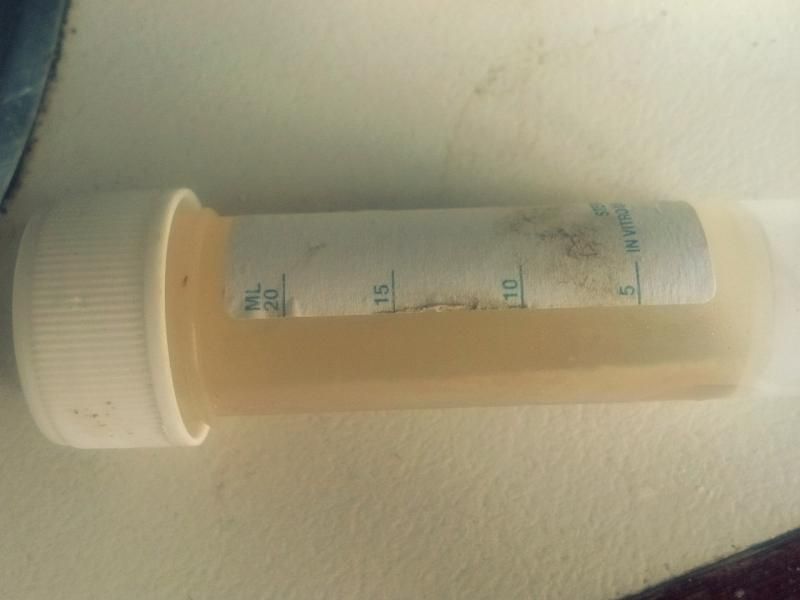Yep, page 198 for a description of water immersion, and page 192 for the table of methods/shelf life.
Disclaimer, I don't use distilled water, I use Melbourne tap water (close enough), and boil for at least 10 minutes (to dechlorinate and sterlise). Here's a crappy picture of a vial of La Sirene's Saison yeast, harvested June 2012 (sits crystal clear, but a bit of agitation moving the vial to take a pic). Oops, tubes are 30mL not 50 as stated, I'd guess the yeast has compacted down to 2-3mL or so.
I think another member may be brewing with this one soon, so may get some more data to back up the viability of yeasts stored 12 months + under water.





